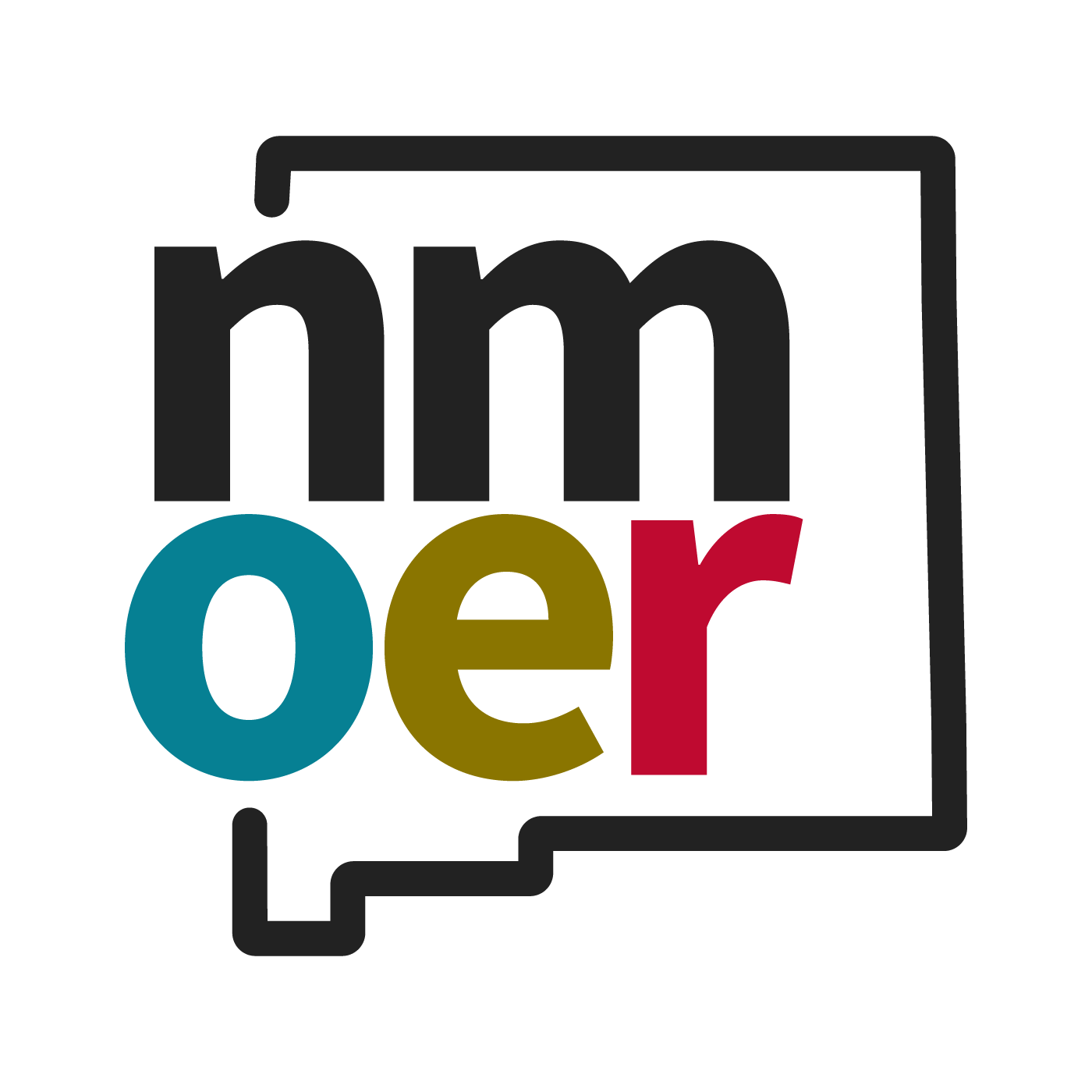Chapter 1: Ethics and Professionalism in Healthcare
Introduction
Understanding ethics and professionalism is critical to working effectively in healthcare environments. This chapter introduces the foundational principles of medical ethics and the standards of professionalism expected of healthcare workers. These concepts guide decisions, influence behavior, and shape patient care across all healthcare roles.
- 1.1 Explain why knowledge of law and ethics is important to healthcare practitioners.
- 1.2 Define law, ethics, and moral values as used in healthcare by healthcare practitioners.
- 1.3 Discuss the characteristics and skills most likely to lead to a successful career in a healthcare profession.
Why Ethics and Law Matter in Healthcare
Healthcare practitioners must understand law and ethics to ensure safe, responsible, and patient-centered care. These principles protect both patients and providers and ensure care is respectful, fair, and legally compliant.
Who Is a Healthcare Practitioner?

A healthcare practitioner is a trained and licensed professional who provides medical, therapeutic, or preventive health services. Qualifications include:
- Formal education and clinical training
- Licensure or certification
- Defined scope of practice
- Continuing education to maintain competence
Reasons Law and Ethics Are Essential
| Reason | Explanation |
|---|---|
| Protects patients’ rights | Ensures informed consent, privacy, autonomy, and dignity |
| Defines professional responsibilities | Clarifies duties such as confidentiality and reporting abuse |
| Prevents legal liability | Helps avoid malpractice and regulatory violations |
| Promotes ethical decision-making | Aids in handling complex situations |
| Builds public trust | Reinforces confidence in the healthcare system |
| Addresses emerging challenges | Guides care in areas like AI and telemedicine |
| Required by law | Licensing boards mandate education on ethics and law |
Core Legal Concepts for Healthcare Providers
Key Legal Topics
- Informed consent and refusal of care
- HIPAA and confidentiality
- Scope of practice and licensure
- Malpractice and negligence
- Mandatory reporting (e.g., abuse, infectious disease)
- Employment law and OSHA
- Medical records and documentation
Types of Law
| Type | Description |
|---|---|
| Criminal law | Addresses actions harmful to society |
| Civil law | Resolves disputes between individuals or organizations |
| Administrative law | Governs regulatory agency rules |
| Constitutional law | Protects individual rights |
| Statutory law | Written laws passed by legislatures |
| Common law | Judicial decisions and legal precedent |
Legal Liability
Legal liability is the obligation to answer for harm caused by failing to meet legal or professional standards.
| Type | Description |
|---|---|
| Civil liability | Malpractice, negligence, privacy violations |
| Criminal liability | Fraud, assault, illegal prescriptions |
| Vicarious liability | Facility held responsible for employee actions |
| Strict liability | Liability without fault (e.g., defective products) |
Summary Judgment
- Decides a case without trial when no material facts are in dispute
- Filed as a motion by one party
- Used to dismiss weak or unfounded lawsuits
Plaintiff vs. Defendant
| Role | Description |
|---|---|
| Plaintiff | The person filing the lawsuit (usually the patient) |
| Defendant | The provider, facility, or entity being sued |
Legal Precedent
A prior court ruling that guides future decisions. Helps define standards such as:
- Informed consent
- Duty to warn
- Patient privacy
Ethical Foundations in Healthcare
What Is Ethics?
Ethics is the study and application of moral principles to guide right and fair behavior.
Moral Values
- Honesty
- Respect
- Compassion
- Integrity
- Fairness
Law vs. Ethics
| Ethics | Law |
|---|---|
| Guided by moral values | Enforced by governments |
| Can vary across cultures | Applies uniformly within a jurisdiction |
| What should be done | What must be done |
Prima Facie Duties
Ethical duties that apply unless overridden by stronger duties (e.g., choosing between patients in triage).
Obligation vs. Aspiration
- Obligations: Basic standards (e.g., confidentiality)
- Aspirations: Ideal goals (e.g., global health equity)
Ethics Committees
Multidisciplinary groups that guide ethical decision-making in institutions.
- Doctors, nurses
- Social workers
- Legal and spiritual advisors
Core Ethical Principles
- Autonomy: Respect for patient self-determination
- Beneficence: Acting in the patient’s best interest
- Non-maleficence: Do no harm
- Justice: Fair distribution of care and resources
Ethical Decision-Making Tools
Ethical Guidelines
- Respect autonomy
- Obtain informed consent
- Maintain confidentiality
- Ensure justice and cultural competence
Decision-Making Framework
- Identify the issue
- Gather facts
- Consider ethical principles
- Explore options
- Make and justify a decision
- Reflect on the outcome
The Hippocratic Oath
A traditional oath of ethical practice in medicine. Modern versions emphasize human rights, informed consent, and evidence-based care.
Professionalism in Healthcare
Defining Professionalism
Professionalism means demonstrating competence, integrity, and respect while meeting the expectations of one’s profession.
Core Responsibilities
- Maintain competence
- Be honest and transparent
- Protect confidentiality
- Advance equity and access to care
- Disclose conflicts of interest
Summary
Ethics, law, and professionalism are deeply interconnected. Healthcare workers must understand legal obligations, apply ethical principles, and uphold professional standards to ensure the safety and dignity of the patients they serve.
These frameworks—supported by decision-making tools, codes of ethics, and institutional committees—equip providers to navigate difficult situations with integrity.
Adapted from Oregon Health & Science University, funded by the U.S. Department of Health and Human Services.
Media Attributions
- A confident middle-aged woman wearing scrubs stands in a medical facility, embodying professionalism and dedication to patient care in a busy healthcare environment.
- A gavel rests on legal documents beside a stethoscope, symbolizing medical malpractice or healthcare law issues on a wooden .

